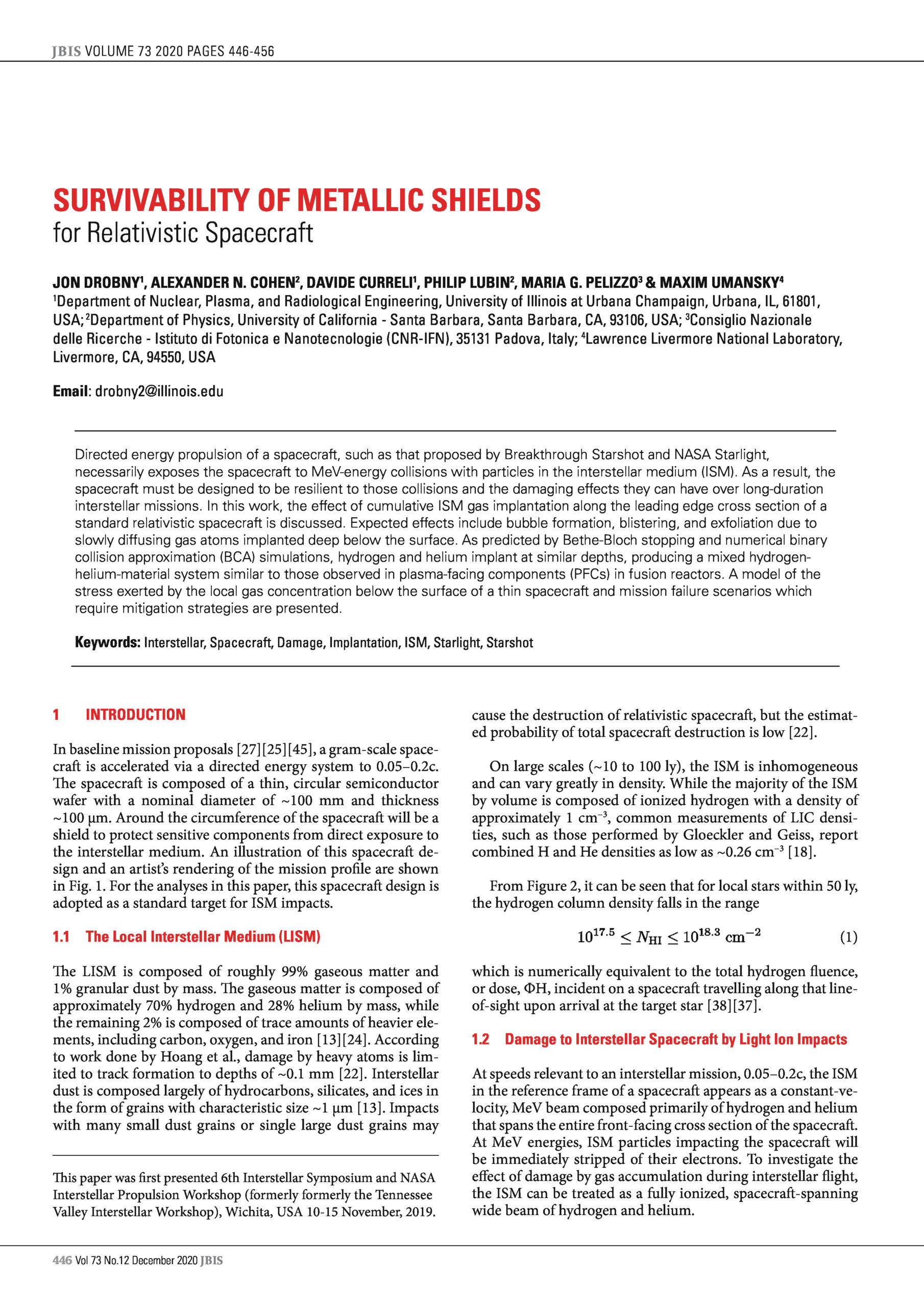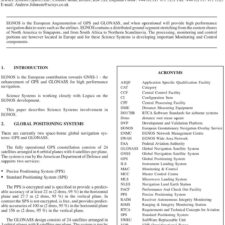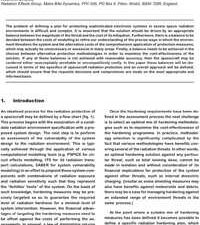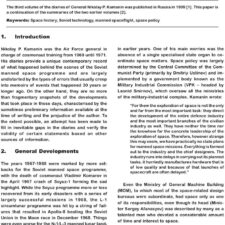Survivability of Metallic Shields for Relativistic Spacecraft
£5.00
J. Drobny et al. (2020), JBIS, 73, pp.446-456
Refcode: 2020.73.446
Keywords: Interstellar, Spacecraft, Damage, Implantation, ISM, Starlight, Starshot
Abstract:
Directed energy propulsion of a spacecraft, such as that proposed by Breakthrough Starshot and NASA Starlight, necessarily exposes the spacecraft to MeV-energy collisions with particles in the interstellar medium (ISM). As a result, the spacecraft must be designed to be resilient to those collisions and the damaging effects they can have over long-duration interstellar missions. In this work, the effect of cumulative ISM gas implantation along the leading edge cross section of a standard relativistic spacecraft is discussed. Expected effects include bubble formation, blistering, and exfoliation due to slowly diffusing gas atoms implanted deep below the surface. As predicted by Bethe-Bloch stopping and numerical binary collision approximation (BCA) simulations, hydrogen and helium implant at similar depths, producing a mixed hydrogen- helium-material system similar to those observed in plasma-facing components (PFCs) in fusion reactors. A model of the stress exerted by the local gas concentration below the surface of a thin spacecraft and mission failure scenarios which require mitigation strategies are presented.





